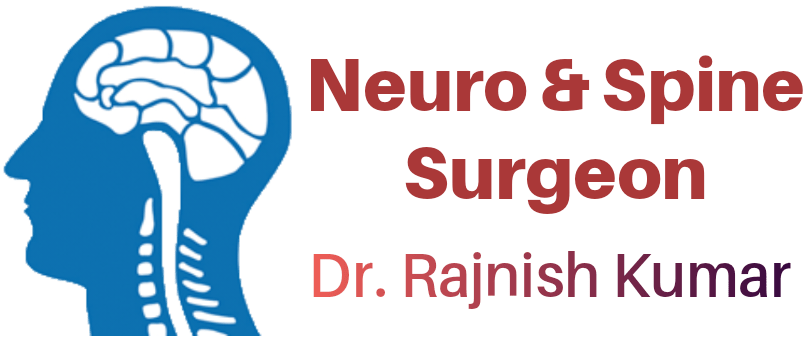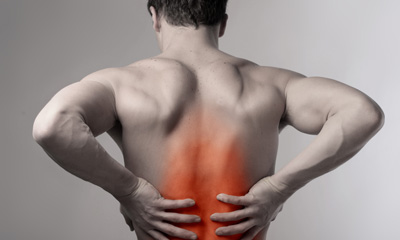A bulging disc in lumbar spine occurs when the spongy discs between the backbones in the spine become compressed and bulge out.
Back bones are series of interlocking bones, called vertebrae, make up the spine. The vertebrae provide support for the spine nerves and strength to bend and move.
Between each vertebra is gel like tissue, known as a spinal disc. The discs allow for movement between the backbone and prevent bones from friction. They also act as shock absorbers to prevent damage during movement.
Each spine disc contains a tough outer layer with soft lgel in the middle. This gel may lose its flexibility and become rigid with old age.
When the disk bulges backwards, it may compress or make contact with a nerve and trigger pain.
Most bulging disks occur at the lower lumbar spine. Sometimes, the outer layer of the disk breaks down and ruptures, and a gel-like center is pushed out through a tear in the disk’s exterior wall.
What are the signs of disc bulge?
Symptoms of a bulging disk depend on its severity and location in spine. You may experience the following:
• back pain that worsens with movement, such as when coughing
• spasms in the back muscles
• weakness and numbness in the legs and feet
• reduced mobility in the legs, knees, and ankles
• decreased bladder and bowel control
• difficulty walking
• sciatica
Pain may also radiate to different areas of the body, such as the arms or chest
You should seek help at once if you experience a loss of bowel or bladder control. This is a medical emergency.
What is the treatment for disc bulge?
Treatments for a disc bulge will depend on its severity and location.
You may be prescribed anti-inflammatory medications to help with pain and reduce inflammation. For people with severe pain, spinal steroid injections may be a suitable short-term solution.
If the disc ruptures, bed rest may be necessary. Sometimes, if the condition is severe, a doctor may perform surgery to reduce pain and improve mobility.
Home care
Over-the-counter pain relief may alleviate mild pain due to a bulging disk.
Physical therapy and exercises may help a person strengthen the muscles around the disk and improve mobility.
Additionally, supporting the spine with protective equipment like lumbar corset may ease a bulging disk.
Do exercises help in disc bulge?
Some exercises may help relieve the symptoms of a bulging disk in the back, but people should check with a doctor or physical therapist first. Exercising in the wrong way may worsen any damage.
If any exercise makes the symptoms more severe, the person should stop.
What are the causes of disc bulge?
Bulging disks result from a change in the consistency of the gel in the disk center. A reduction in gel quality can cause the disk to become compressed and start to bulge.
A spinal disc bulge usually results from aging,
Other risk factors include:
• engaging in some types of physical activity, especially if they involve repetitive movements
• having a job that involves lifting heavy objects
• having obesity or overweight
• driving frequently
• having a sedentary lifestyle with limited physical activity
• smoking, as it may accelerate degeneration by reducing the oxygen supply to the disk
How to prevent disc bulge?
You can take the following steps to prevent a bulging disk from becoming severe:
• reaching or maintaining a moderate body weight to reduce pressure on the vertebrae
• keeping physically active to strengthen the muscles surrounding the spine
• staying flexible and stretching when sitting for long periods
• practicing proper posture to reduce stress on the spine
When to contact a doctor for disc bulge?
You should consult a neurosurgeon or doctor if back pain worsens over time or accompanies other symptoms, such problems with bowel or bladder control.
People experiencing severe back pain following trauma or physical exertion may also need to contact a doctor.

